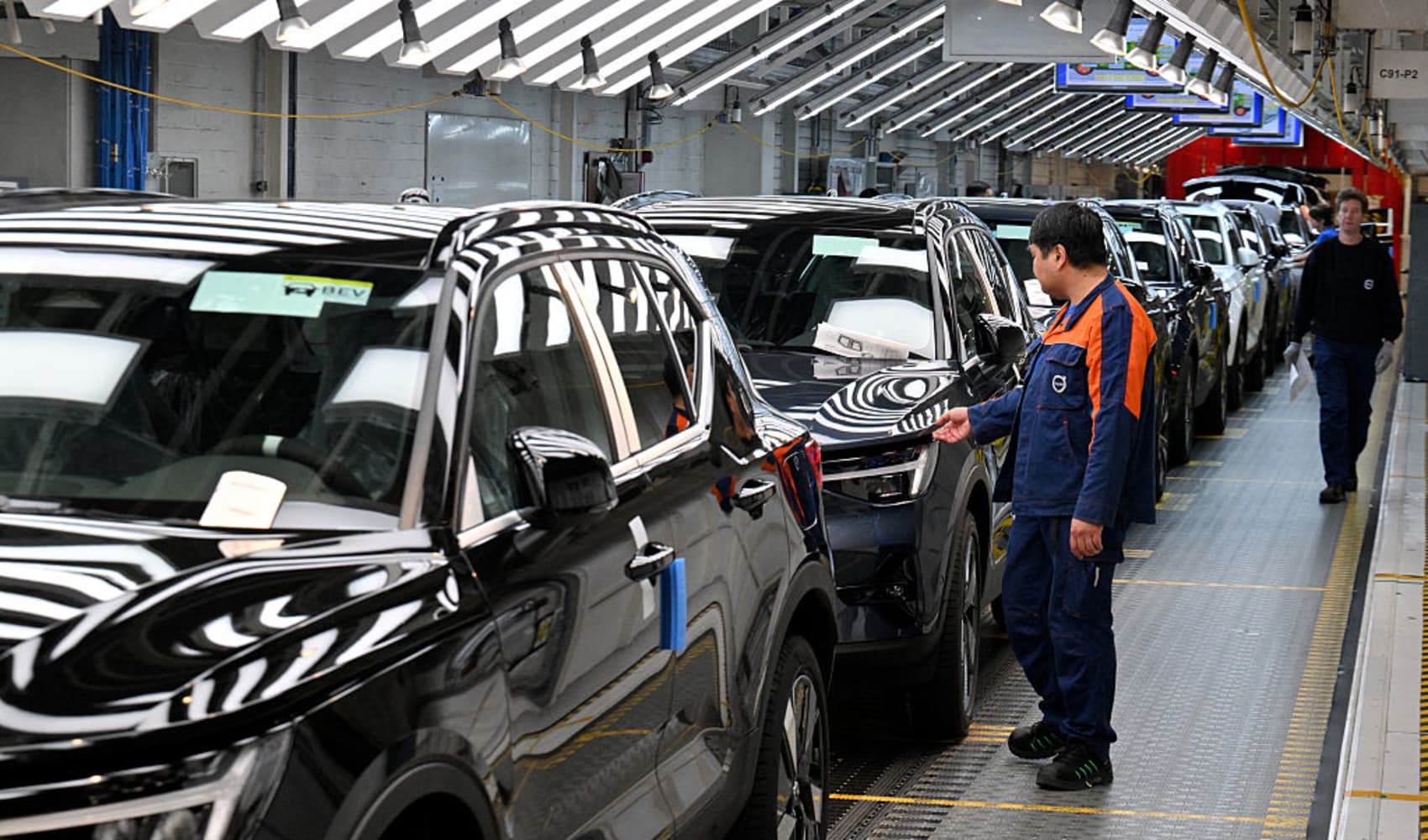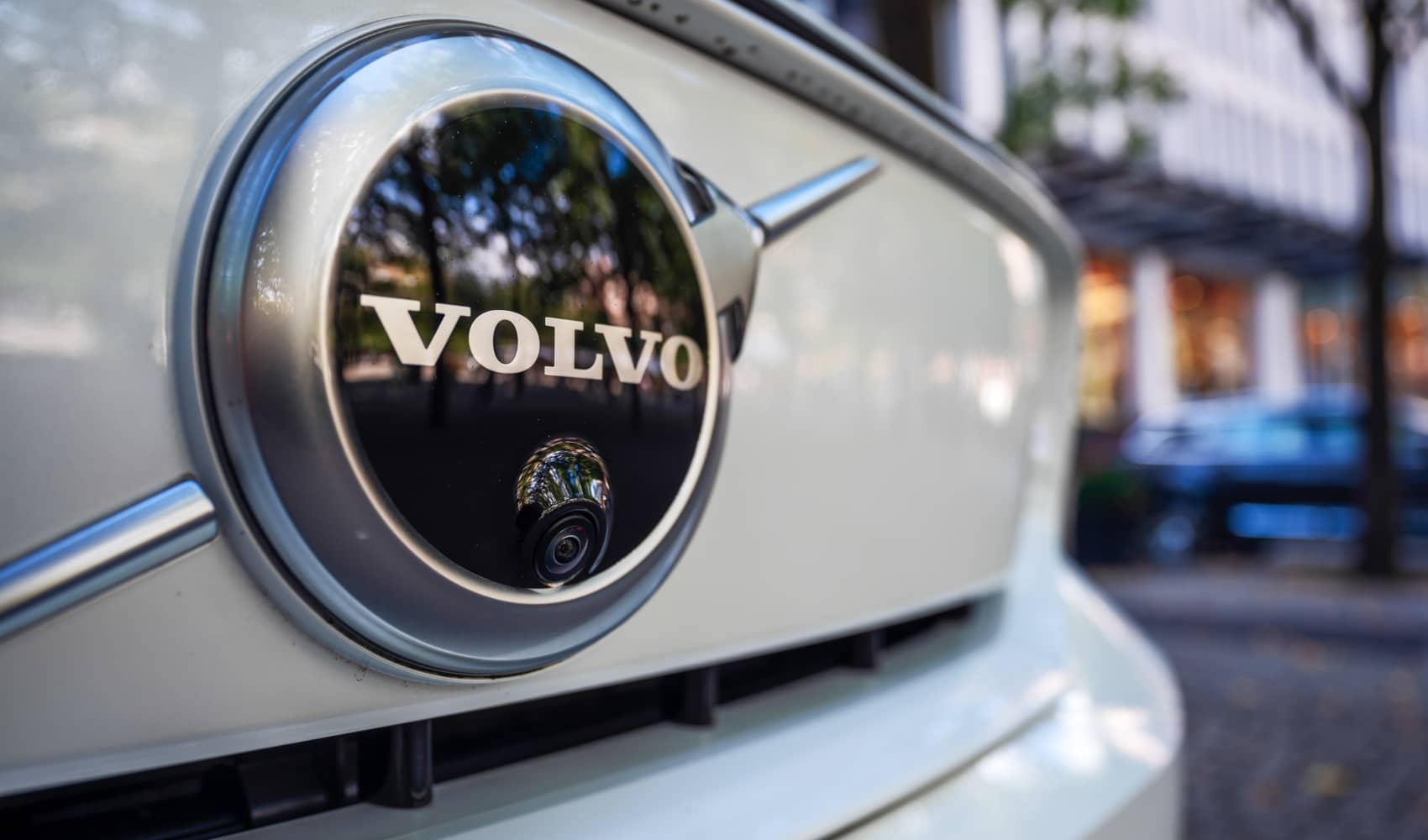Europe Stocks Surge Amid Earnings! Volvo Cars Dips 10%
Europe Stocks Surge Despite Volvo Cars' 10% Dip: Decoding the Earnings Rush
Introduction: Riding the Earnings Wave
Ever feel like the stock market is a giant rollercoaster, full of dizzying highs and stomach-churning drops? Well, buckle up, because Tuesday's European market performance was certainly a ride! Despite a significant stumble from Volvo Cars, the overall trend was upward, buoyed by a flood of earnings reports. Let's dive into the details and see what's driving this market momentum.
European Markets Close Higher: A Bird's-Eye View
European markets closed higher on Tuesday, showcasing resilience in the face of global economic uncertainty. Investors were busy dissecting a multitude of earnings reports, looking for clues about the impact of U.S. tariffs and the overall health of the global economy. The general sentiment? Cautiously optimistic, it seems.
The Stoxx 600: A Broad-Based Gain
The Stoxx 600 index, a benchmark for European equities, provisionally closed higher by 0.4%. It's like a rising tide lifting all boats, or at least most of them. Sectors like utilities and healthcare led the gains, indicating a preference for stability and defensive plays in a somewhat turbulent environment. Makes sense, right? When the seas get choppy, you want a reliable anchor.
Regional Performance: The Big Three
Let's take a closer look at the performance of the major European markets:
FTSE 100: A Winning Streak
The FTSE 100 in London continued its remarkable run, closing up 0.6%. This marks its 12th consecutive day of gains, the best streak in at least five years! That's like winning the lottery every day for almost two weeks. What's behind this incredible performance? A combination of factors, including a weaker pound and strong earnings from some of its key constituents.
CAC 40: A More Modest Climb
France's CAC 40 experienced a more moderate increase, up 0.1%. It's like jogging compared to the FTSE 100's sprint. The French market has been more sensitive to political and economic concerns, leading to a more cautious approach from investors.
DAX: Germany Joins the Party
Germany's DAX showed solid gains, closing up 0.8%. The German economy, despite facing some headwinds, is still a powerhouse in Europe, and the DAX reflects the strength of its leading companies. A healthy export sector and solid domestic demand continue to support the German market.
Volvo Cars: A Bumpy Ride
Now for the sour note. Shares of Volvo Cars experienced a significant drop, shedding 10%. The automaker reported a steep first-quarter profit decline and, more worryingly, suspended its full-year guidance due to market headwinds. This is a stark reminder that not all companies are thriving in the current environment. Volvo's struggles highlight the challenges facing the automotive industry, including rising costs, supply chain disruptions, and increased competition.
Earnings Season: A Mixed Bag
Earnings season is like a treasure hunt for investors, sifting through reports to find hidden gems or uncover potential pitfalls. So far, the results have been a mixed bag. Some companies have exceeded expectations, while others have fallen short. This variability makes it crucial for investors to conduct thorough research and avoid making hasty decisions.
BP's Profit Plunge: Oil Under Pressure
Oil giant BP reported a 49% drop in first-quarter profit, primarily due to weaker crude prices. This highlights the volatility of the energy sector and its vulnerability to fluctuations in commodity prices. Can the company navigate these choppy waters and return to profitability? Only time will tell.
HSBC's Buyback Bonanza: A Sign of Confidence?
In contrast to BP, HSBC delivered a positive surprise, topping profit expectations and announcing a $3 billion share buyback program. This signals confidence in the bank's financial health and its future prospects. A share buyback can boost the stock price by reducing the number of outstanding shares, benefiting shareholders.
The Impact of U.S. Tariffs: A Lingering Concern
U.S. tariffs continue to cast a shadow over the global economy, creating uncertainty and potentially disrupting trade flows. Companies with significant exposure to the U.S. market are particularly vulnerable to these tariffs. It's like navigating a minefield – you need to be extra cautious and avoid stepping on any triggers.
Global Economic Uncertainty: A Constant Threat
Beyond tariffs, global economic uncertainty remains a significant concern for investors. Factors such as inflation, rising interest rates, and geopolitical risks can all weigh on market sentiment. It's like a constant background hum that makes it difficult to focus on the positive news.
Sector Performance: Winners and Losers
As mentioned earlier, utilities and healthcare sectors led the gains on Tuesday, suggesting a preference for defensive stocks. Other sectors, such as technology and industrials, experienced more muted performance. This highlights the importance of diversification in a volatile market. Don't put all your eggs in one basket!
Currency Movements: The Weaker Pound
The weaker pound has been a contributing factor to the FTSE 100's strong performance. A weaker currency makes exports more competitive, boosting the earnings of companies that generate a significant portion of their revenue overseas. However, it can also lead to higher import costs, potentially fueling inflation.
Looking Ahead: Navigating the Market Landscape
What does the future hold for European markets? The outlook remains uncertain, with both opportunities and risks on the horizon. Investors need to stay informed, conduct thorough research, and maintain a long-term perspective. It's like sailing a ship – you need to be prepared for changing weather conditions and adjust your course accordingly.
Conclusion: A Mixed Bag of Signals
In summary, European markets closed higher on Tuesday, driven by a flurry of earnings reports. However, the performance was uneven, with some companies thriving while others struggled. Volvo Cars' significant drop highlights the challenges facing certain industries, while the strong performance of the FTSE 100 demonstrates the resilience of the UK market. The impact of U.S. tariffs and global economic uncertainty continues to weigh on investor sentiment, making it crucial to approach the market with caution and a long-term perspective. It's a complex picture, isn't it?
Frequently Asked Questions
- Why did Volvo Cars' stock price drop so significantly?
Volvo Cars reported a steep first-quarter profit decline and suspended its full-year guidance due to market headwinds, including rising costs and supply chain disruptions. This negatively impacted investor confidence.
- What factors contributed to the FTSE 100's strong performance?
A weaker pound, which boosts exports, and strong earnings from some of its key constituents were major factors driving the FTSE 100's 12-day winning streak.
- How are U.S. tariffs affecting European markets?
U.S. tariffs create uncertainty and can disrupt trade flows, negatively impacting companies with significant exposure to the U.S. market. They add a layer of complexity to the global economic landscape.
- Which sectors are currently performing well in Europe?
Utilities and healthcare sectors are currently outperforming, reflecting a preference for defensive stocks in an uncertain environment. Investors are seeking stability and predictable earnings.
- What should investors consider when navigating the current market conditions?
Investors should stay informed, conduct thorough research, diversify their portfolios, and maintain a long-term perspective. Volatility is expected, so patience and a well-thought-out strategy are key.

